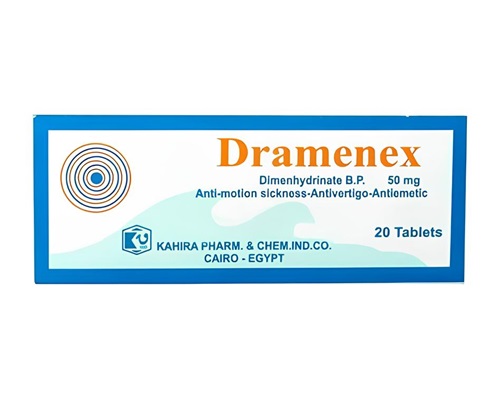Description
Tradename:
Tiratam
Compound:
Each 1 ml of solution contains:
Levetiracetam 100 mg.
Auxiliary components:
Sucrose, sodium methylparaben, sodium propylparaben, sorbitol 70%, sodium carboxymethylcellulose, glycerol, banana flavor, aspartame, purified water.
Properties:
Antiepileptic drug, pyrrolidone derivative (S-enantiomer of ethyl-2-oxo-1-pyrrolidine-acetamide). Its chemical structure differs from known antiepileptic drugs. One of the mechanisms is based on proven binding to the synaptic vesicle glycoprotein SV2A, contained in the gray matter of the brain and spinal cord. It is believed that in this way an anticonvulsant effect is realized, which is expressed in counteracting the hypersynchronization of neural activity. Does not alter normal neurotransmission, but suppresses epileptiform neuronal bursts induced by the GABA agonist bicuculline and excitation of glutamate receptors. The activity of levetiracetam has been confirmed against both focal and generalized epileptic seizures (epileptiform manifestations/photoparoxysmal reaction).
Indications:
As monotherapy for the treatment of partial seizures with or without secondary generalization in patients over 16 years of age with a first diagnosis of epilepsy.
As part of additional therapy in the treatment of: partial seizures with or without secondary generalization in patients older than 1 month (in the appropriate dosage form for this age) with epilepsy; myoclonic convulsions in patients over 12 years of age with juvenile myoclonic epilepsy; primary generalized tonic-clonic seizures in patients over 12 years of age with idiopathic generalized epilepsy.
Directions for use and dosage:
The optimal dosage regimen is determined by the doctor. The compliance of the dosage form of a particular drug with the indications for use and dosage regimen should be strictly observed.
For oral administration.
Depending on the indications and age of the patient, a single dose is 250-750 mg. Frequency of application – 2 times/day.
In children, levetiracetam should be used in the appropriate dosage form depending on age.
Contraindications:
Hypersensitivity to levetiracetam or other pyrrolidone derivatives, children under 1 month of age.
Carefully:
Elderly patients (over 65 years old); liver diseases in the stage of decompensation; renal failure.
Precautionary measures:
It is advisable to gradually discontinue concomitant antiepileptic drugs (during the period of transfer of patients to levetiracetam).
For patients with kidney disease and decompensated liver disease, a kidney function test is recommended before starting treatment. Due to reports of suicide, suicidal ideation and suicide attempts during treatment with levetiracetam, patients should be warned to immediately notify their physician of any symptoms of depression or suicidal ideation.
Impact on the ability to drive vehicles and machinery:
Due to varying individual sensitivity to levetiracetam on the part of the central nervous system, during the treatment period, patients should refrain from driving vehicles and engaging in potentially hazardous activities that require increased concentration and speed of psychomotor reactions.
Side effects:
From the hematopoietic system: infrequently – thrombocytopenia, leukopenia; rarely – neutropenia, pancytopemia.
Metabolism: often – anorexia; infrequently – increase/decrease in body weight.
From the side of the central nervous system: very often – drowsiness, headache; often – mood swings, emotional lability, depression, aggressiveness, insomnia, nervousness.
From the senses: often – dizziness.
From the respiratory system: often – cough.
From the digestive system: often – nausea, vomiting, diarrhea, abdominal pain, dyspepsia.
From the skin and subcutaneous tissues: often – skin rash. In children, most often: vomiting, agitation, mood swings, aggression, emotional lability, behavior disorder, lethargy.
Storage method:
Store at a temperature not exceeding 25 degrees.









